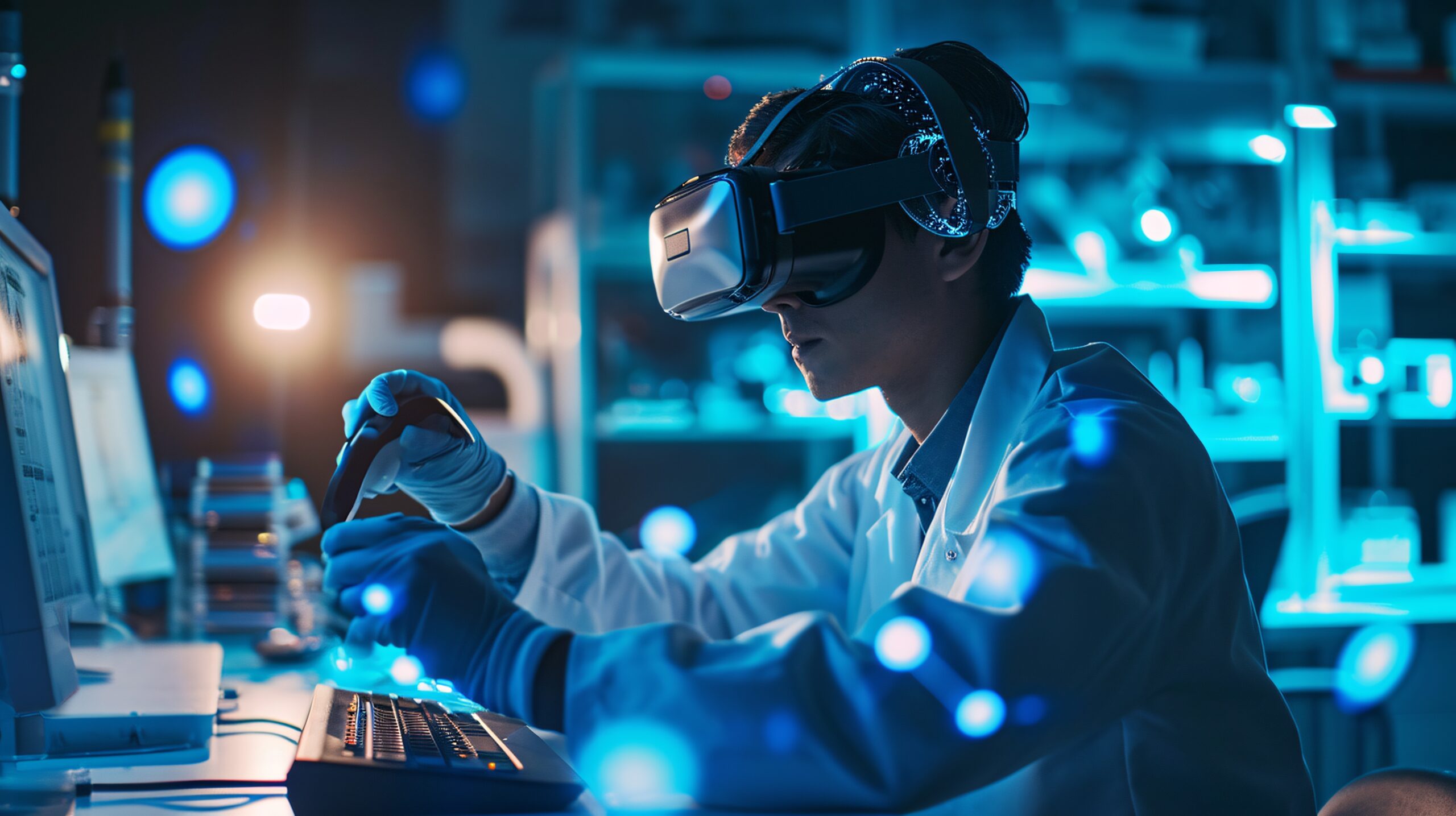
Exploring Industry-Specific Use Cases for Augmented Reality
Augmented reality (AR) has transcended the confines of science fiction to become a cornerstone technology in various industries, offering innovative solutions that bridge the gap between the digital and physical worlds. By superimposing computer-generated images on a user’s view of the real world, augmented reality enhances the way we perceive our surroundings, making it a powerful tool for businesses across the globe. This article delves into the diverse applications of AR across different sectors, illustrating how this technology is revolutionizing traditional practices and paving the way for a more interactive future.
Retail and E-commerce
In the retail sector, augmented reality has transformed the shopping experience by allowing customers to visualize products in their own space before making a purchase. Furniture and home decor companies, like IKEA, have leveraged AR apps that enable customers to see how a piece of furniture would fit and look in their homes. Similarly, fashion and beauty brands utilize AR for virtual try-ons, giving shoppers the ability to try on clothes, eyewear, or makeup virtually, thereby enhancing customer satisfaction and reducing return rates.
Education and Training
Augmented reality brings a dynamic approach to education and training, making learning more engaging and interactive. AR can bring complex concepts to life by overlaying digital information onto physical textbooks or through interactive 3D models. For instance, medical students can use AR to study human anatomy in three dimensions, offering a deeper understanding of the body’s structure. In industries like manufacturing or aerospace, AR is used for hands-on training, allowing workers to practice on virtual equipment, which improves safety and efficiency.
Healthcare
The healthcare industry has embraced augmented reality to improve patient care and medical training. Surgeons use AR glasses to overlay critical information, such as the patient’s vital signs or 3D images of organs, during procedures, which enhances precision and outcomes. Furthermore, AR can assist in patient education, allowing individuals to better understand their diagnoses or treatment plans through visualizations.
Manufacturing and Maintenance
In manufacturing, augmented reality facilitates complex assembly processes, maintenance, and quality control. AR can project step-by-step instructions onto machinery or parts, guiding technicians through assembly or repair tasks, thereby reducing errors and increasing efficiency. This application is particularly beneficial in industries where precision is paramount, such as in automotive or aerospace manufacturing.
Tourism and Navigation
Augmented reality is redefining the tourism industry by offering immersive travel experiences and enhancing navigation. AR applications can overlay historical facts or information about landmarks onto the live view of a location, enriching the sightseeing experience. Additionally, AR-powered navigation apps provide real-time, overlay directions on the user’s field of view, making it easier to navigate complex environments like airports or shopping malls.
Conclusion
The versatility of augmented reality is evident across various industries, offering transformative solutions that enhance customer experiences, streamline operations, and foster innovation. As AR technology continues to evolve, its adoption will undoubtedly expand, further revolutionizing how businesses operate and interact with their customers. The potential of augmented reality is limitless, promising a future where digital and physical realities seamlessly integrate to create more enriching, efficient, and engaging experiences for users across the globe.
0



